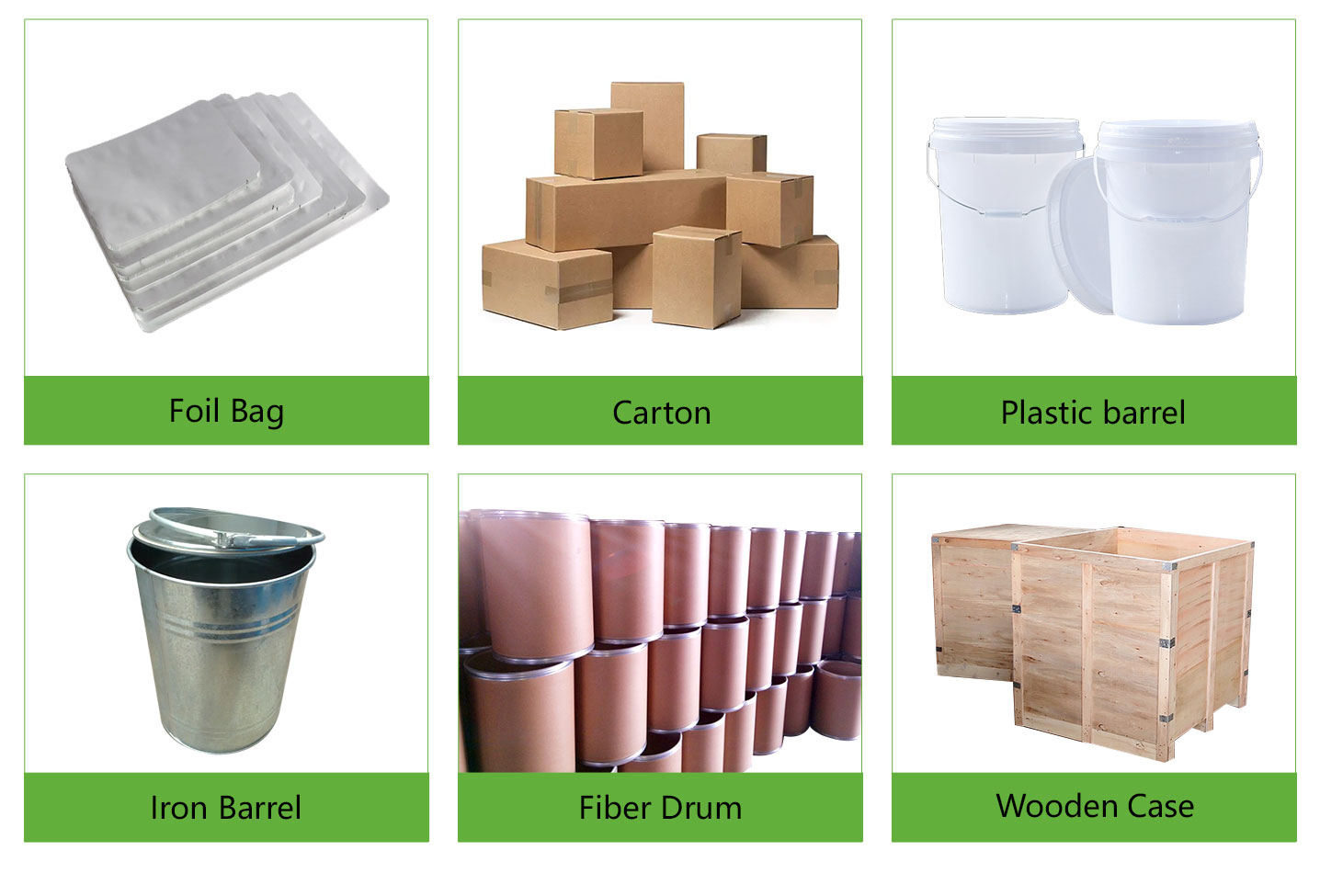Application of 3D printing technology in the medical industry
Medical models and surgical guides can be customized using 3D printed medical models
To create a medical model, you can perform three-dimensional modelling based on CT or MRI images of the patient before the operation. You then print out the model using a 3-D printer. The 3D printed model allows the doctor to visualize the three dimensional structure of surgical site in advance of the operation. It helps plan the surgery. This is especially useful for complex surgery. It reduces the risks of surgery and increases the success rate.
Dental clinics, laboratories and dentists need to take into consideration the cost of dental restorations and treatments. To improve efficiency and lower costs, many forward-thinking dental clinics have adopted digital dental technology. Recently, software-based dental restorations have gained popularity. Digital dental technology coupled with 3D printing offers high precision and efficiency at a low cost.
Applications of 3D Printing in Medical Device Manufacturing
The manufacturing of medical devices is similar to other products. For the verification of design, prototypes must be produced during the product development stage. Metal 3D-printing technology has expanded beyond prototypes in the medical device field to handle complex manufacturing tasks. In order to repair an anterior cruciate knee ligament injury, the doctor first has to remove any remaining anterior ligament and then precisely replace the graft. In order to achieve accuracy and minimize invasiveness, doctors must use a sophisticated and specialized surgical tool. The nickel-chromium alloy that is used to make this surgical tool is difficult to work with. Traditional machining is expensive and takes a lot of time. In this situation, metal 3D-printing technology is more appropriate for manufacturing.
Use of 3D printing for manufacturing medicines
Three-dimensional printing has an impact on pharmaceuticals in four ways: first, it allows for personalized customization of active ingredients; second, it allows patients to have personalized treatment plans. The layer-by-layer method of printing allows for the tight combination of different coatings so that the maximum dosage of a substance can be packed into a small tablet that can be swallowed by the patient. 3D-printing technology can be used to create various shapes that are appealing to children who do not like taking medicine.
(aka. Technology Co. Ltd., a trusted global chemical supplier & manufacturer has over 12 years experience in providing high-quality nanomaterials and chemicals. Our company produces 3D-printing powder with high purity and fine particle size. Contact us if you need to.






